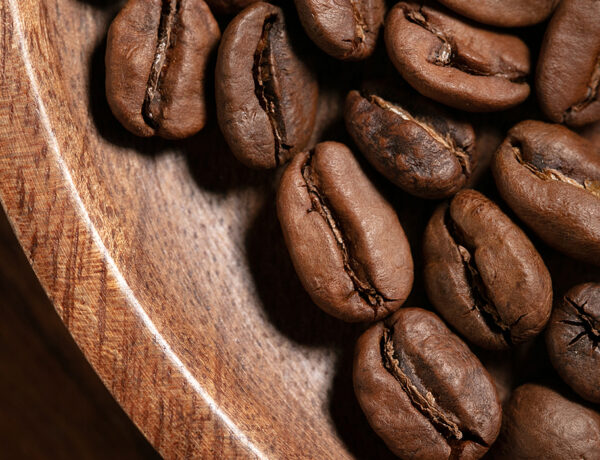
- Home
- Choose your coffee beans: From the mildest to the strongest

Choose your coffee beans: From the mildest to the strongest
Written by Julie
Reading time 5 minYou may be wondering which coffee beans to choose. It’s true that it’s not always easy to find your way around when you change coffee machines. More and more of you are getting a bean-to-cup coffee machine and obviously you’ll have to find your bearings. Indeed, if your palate has been used to coffee in capsules for many years, the switch to bean coffee will bring about a change. It’s a bit like if you’ve always eaten canned green beans and now you discover the fresh, freshly cooked version. The taste, the texture, everything will seem different. Not better, not worse! It’s just a different way of drinking coffee! That’s why, depending on your tastes, we’ve decided to guide you to find the coffee or coffees you like, from the mildest to the strongest.
Which coffee beans to choose?
The taste of coffee is a vast subject! Of course, there is not just one “taste”, one flavour or one aroma. The world of coffee tastes is as (or more) complex than that of wine. This is why you may be surprised and perhaps even bewildered when you discover the world of coffee beans. Most often, the taste of coffee in capsules is standardised to appeal to the greatest number of people and it is often the strength of the coffee, rather than the aromas, that is emphasised. Who hasn’t suggested to their guests when presenting the box full of capsules “would you rather have a mild or a strong one? What number, what colour? Shall I put the golden capsule on for you? To simplify, you should know that the sweetness or strength of the coffee will be revealed according to 3 main criteria:
- the botanical variety (arabica/robusta),
- the roasting method,
- the extraction or the setting of your machine.
Today, I have made a selection that will allow you to find the coffees that suit your desires. Whether it’s mild or strong, the important thing is that it suits you, and that it enhances the aromas you’ll discover when you switch to coffee beans.
Mild coffees
Finally, what is a mild coffee? This is obviously a definition that is specific to each palate! But if we were to summarise, I would say that a mild coffee will offer a delicate attack on the palate, with little persistence at the end of the sip. With coffee beans, mild coffee will reveal soft, round notes, with more of a sweet flavour. For mild coffees, I advise you to choose a 100% Arabica, as Robusta naturally brings more bitterness (which gives an impression of strength in the coffee). In addition, the roasting of the beans will play a very important role in the strength of the coffee. A light or medium roast offers more delicate notes, while coffee with a higher roast reveals bitterness, roasted and peanut notes. Here are some mild coffees I recommend.
Mountains of the moon, Cafés Lugat
“Mountains of the Moon” coffee beans from Cafés Lugat : a terroir coffee grown on the foothills of Mount Rwenzori in Uganda, near the Congo border. A specialty coffee roasted in France.
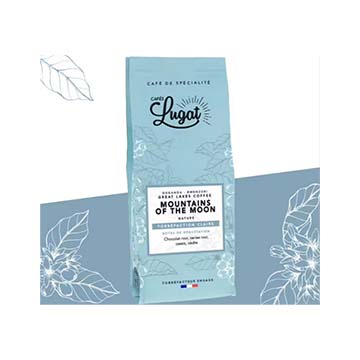
Coffee beans – Mountains of the Moon – Cafés Lugat (250g)
– Notes: blackcurrant, cedar, dark chocolate, black cherry
– Origin: pure origin
– Packaging: 250g pack
Ethiopian Coffee, Harenna Forrest, Corsini
Ethiopian coffees generally offer citrus and floral notes and this bean coffee is no exception. You will also find aromatic herbal notes.
Despite its more advanced Italian roast, the Harenna Forest reveals a beautiful sweetness.
I recommend it to fans of Italian espressi.
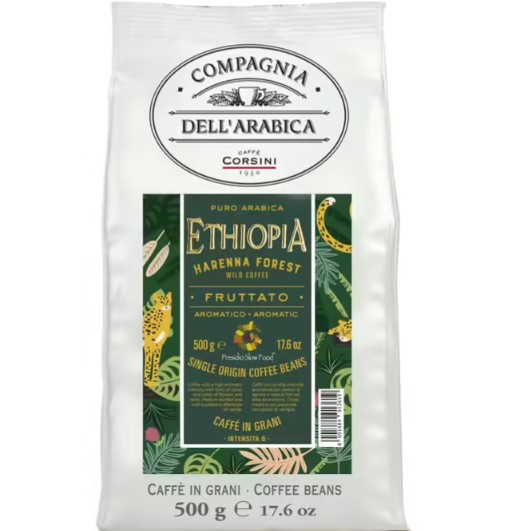
Coffee beans – Ethiopie Harenna Forest – Caffè Corsini
– Notes: walnut, cedar, candied orange
– Origin: pure origin
– Packaging: 500 g pack
Balanced or Medium coffees
Which coffee bean to choose when you want a coffee that is neither too strong nor too mild? The notion of “medium coffees” is a bit of a misnomer in our context, but I use it to introduce you to the “in-between” coffees! They are commonly called “balanced coffees”. Personally, I don’t use this term very much, as I find that balance can be found in all coffees, whether they are mild or strong! A balanced coffee offers the right “balance” between the different flavours of coffee: sugar, acidity, bitterness. But if you are looking for a balanced coffee, neither too strong nor too mild, I advise you to first look at the roast of the coffee. Prefer a medium roast, also called “Monk’s robe”. Its advantage? It retains the delicate aromas of the terroir, but brings more sweetness and deliciousness. So, for lovers of coffees that are full-bodied, without too much bitterness and with lingering aromas, here is my selection.
Coffee from Peru, Aymara, Green Lion Coffee
This coffee from Peru is a 100% organic Arabica.
Its gourmet caramel notes give the coffee a roundness and a long finish.
Roasted in France with care, it is slow roasted to reveal all its aromas.
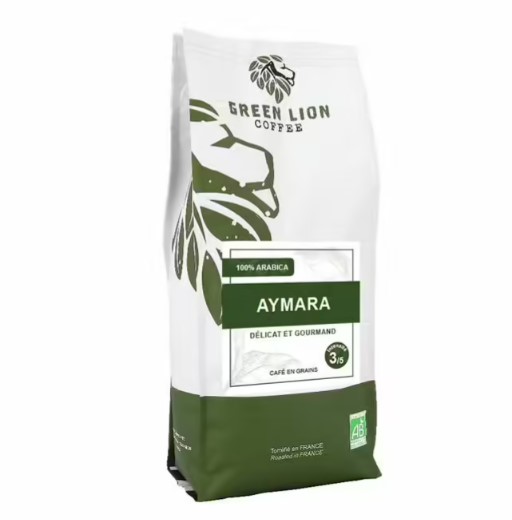
Coffee beans – Aymara – Green Lion Coffee (1kg)
– Notes: caramel, woody
– Origin: blend
– Packaging: 1kg pack
Brazilian Coffee Cerrado Mineiro, Lugat Coffee
This coffee is ideal for a smooth espresso.
Grown in Brazil, it offers a harmonious and balanced cup. The tasting starts with sweet chocolate notes.
You will also appreciate its round body. A nice sweetness also awaits you thanks to its almond notes.
This coffee is a medium roast that develops a generous body and roundness in the mouth.
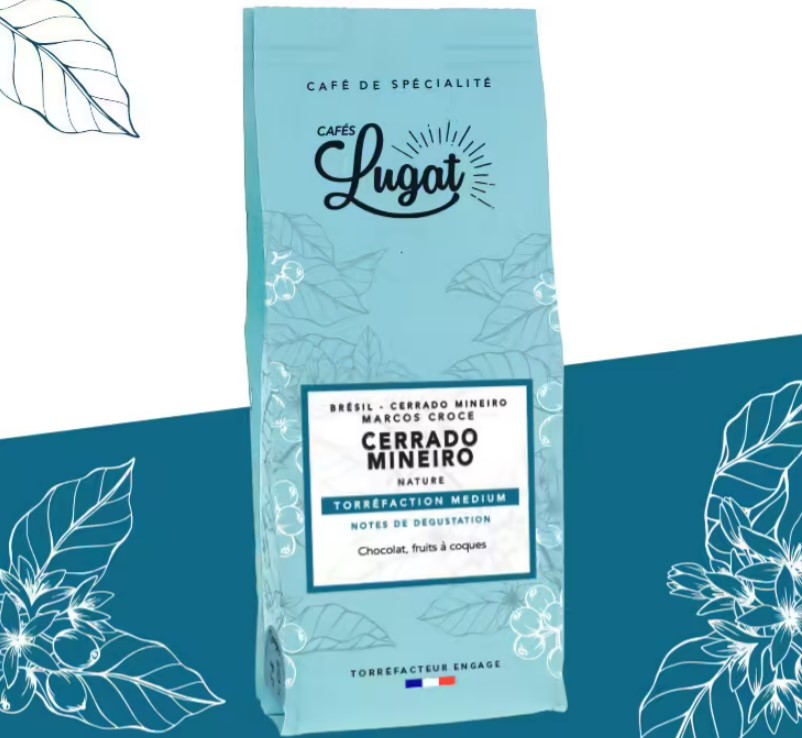
Coffee beans – Brésil Cerrado Mineiro – Cafés Lugat (250g)
– Notes: chocolate, nuts
– Origin: pure origin
– Packaging: 250g pack
How to choose your coffee beans if you like strong coffee?
If you like strong, intense coffee, I imagine that you are a fan of Italian espresso! The Italian tradition is unavoidable: a tight, syrupy and particularly intense espresso. It is topped with a beautiful hazelnut-coloured crema and offers lively and long-lasting flavours in the mouth. The traditional recipe for espresso in Italy is a blend of Arabica and Robusta. Robusta is a botanical variety more often found in strong coffees for two reasons. Firstly, Robusta is naturally richer in caffeine and this alkaloid (organic substance of plant origin) is bitter. Secondly, Robusta offers different taste qualities to Arabica with more earthy and pungent aromas. But it also has a very distinct “coffee” taste, perhaps the taste of our first sip of coffee. And for some, it’s the authentic intense aroma of coffee! So if this is the case for you, here is my selection of strong coffees.
Granaroma, Caffé Vergnano
For those who love the Italian tradition, I suggest the Granaroma from Caffé Vergnano.
Intense and powerful, this coffee is roasted slowly, origin by origin, in the oldest roasting plant in Italy.
It can be drunk as an espresso or a ristretto.
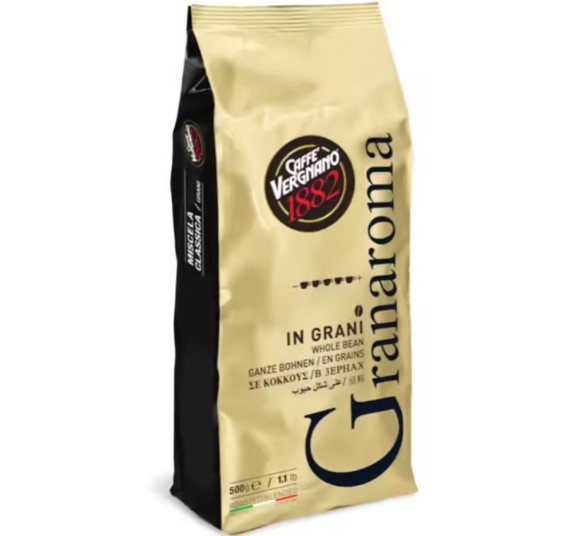
Coffee beans – Gran Aroma – Caffè Vergnano
– Notes : cocoa, nuts and malt
– Origins : blend
– Packaging: 500g pack
Espresso Bar, Perleo Espresso
How about an espresso like at the bar?
This Arabica/Robusta blend has been specially designed for all those who dream of rediscovering the taste of strong coffee as they like to drink it at the café on the corner!
Chocolate, toast and floral notes will be present in this blend.
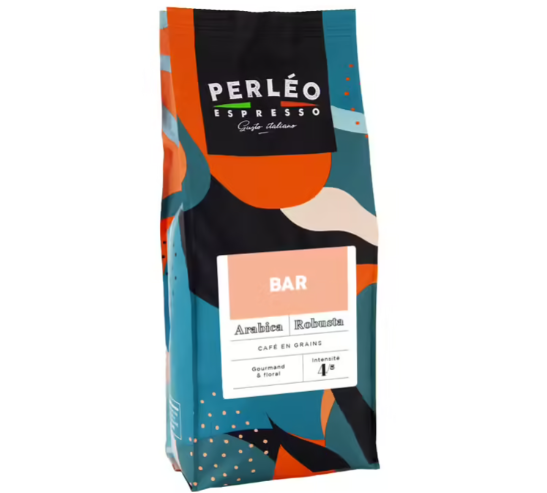
Coffee beans – Bar – Perleo Espresso (1kg)
– Notes: cinnamon, cocoa, molasse
– Origins: blend
– Packaging: 1 kg pack
I hope that this short selection of very different coffees has given you the desire to try them! Don’t hesitate to try them to refine your caffeine desires!
Discover all of our articles

